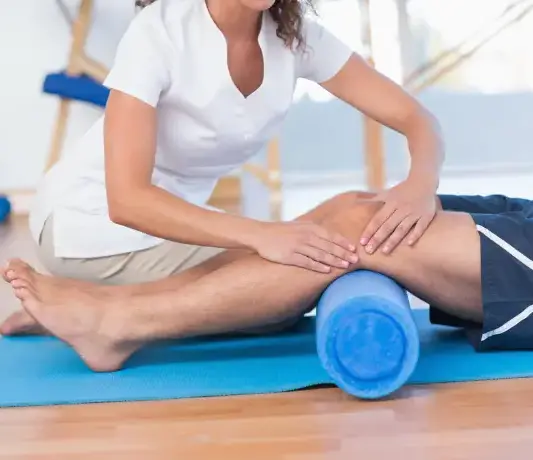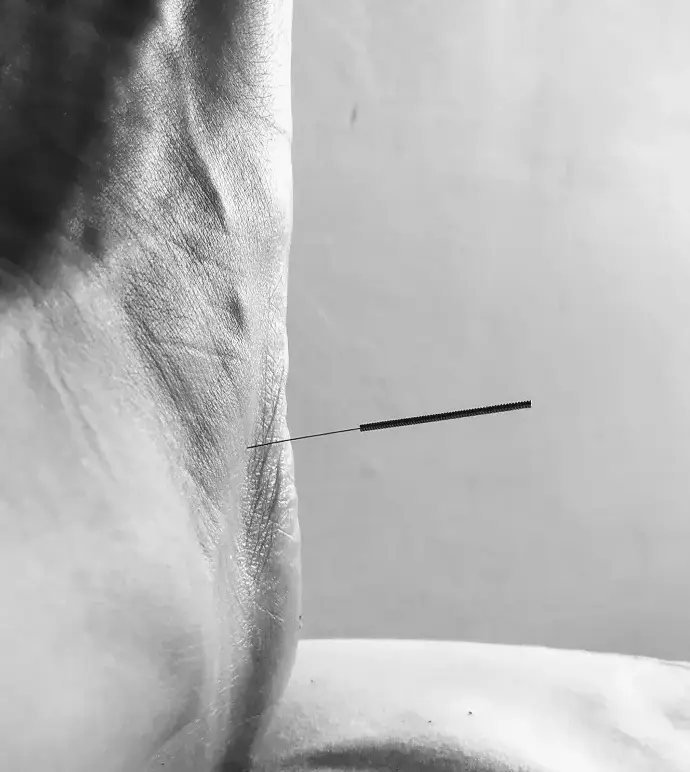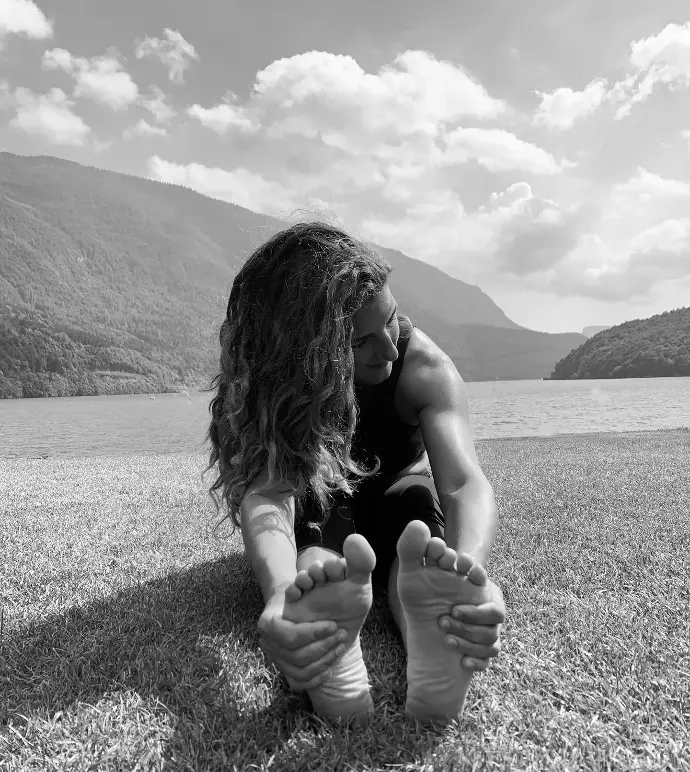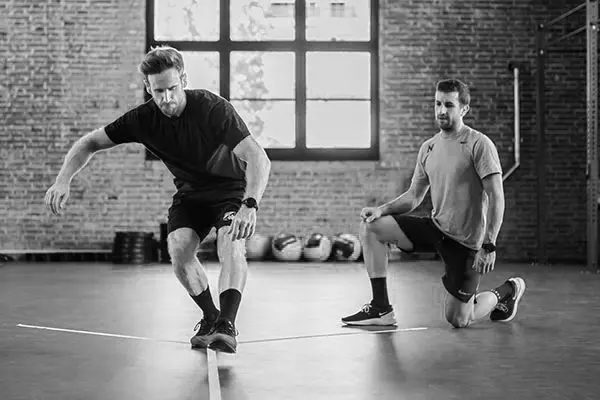Physiotherapy
The body has its own language,
a unique way of expressing itself.
Listen to your body
Since 2008, physiotherapy has become much more than a profession for me: it is a way to care for, listen to, and support people on their path to well-being. Sometimes I encounter purely traumatic injuries (accidents or physical exertion), but many others are emotional; these are a significant challenge and very relevant in our daily lives due to the lifestyle we all lead. Each body has its own language, a unique way of expressing itself. This is where my work begins: giving voice to what the body wants to say, to help you find balance, inner well-being, and complete recovery through various physiotherapy techniques, learned knowledge, and experiences shared with other professionals. It is a profession where I am continually learning and evolving to approach each situation with a broader and, above all, more human perspective.
As a physiotherapist and personal trainer, I view the body as a perfectly harmonious system in all its complexity. Each part of the body is essential, and this allows me to approach each case from multiple perspectives and find the solution that best fits its needs.
I am passionate and fulfilled by helping you find solutions to the problems that concern you. Being honest in every piece of advice and situation to address the issue in the most effective way, and treating you as I would like to be treated, are values that always guide my work and my way of being.
PHYSIOTHERAPY TREATMENTS AND TECHNIQUES

SPORTS
PHYSIOTHERAPY
Sports physiotherapy helps elite athletes and anyone who, in the practice of sports and after an injury, can recover and improve their physical condition through the strengthening and rehabilitation of muscles, ligaments, joints, and more.
At A62, we combine physiotherapy with Active Therapy, which allows us to treat and help prevent injuries. We help you prepare for any sports event: marathon, ultratrail, futsal, basketball...

TRAUMATOLOGICAL PHYSIOTHERAPY
In traumatological physiotherapy, various techniques and treatment modalities are used, such as manual therapy, therapeutic exercises, electrotherapy, and cryotherapy, among others. These interventions are tailored to the specific needs of each injury, whether it be a fracture, sprain, dislocation, muscle injury, or soft tissue injury.
The traumatological physiotherapist conducts a thorough assessment to determine the extent of the injury and design a personalized treatment plan. In addition to addressing symptoms and physical rehabilitation, they also focus on preventing future injuries by providing self-care guidelines and recommendations to avoid complications.

NEUROLOGICAL PHYSIOTHERAPY
Treatment of alterations and injuries caused by an impairment of the central or peripheral nervous system that affect movement. This is the goal of neurological physiotherapy.
A branch of physiotherapy that focuses on improving the patient’s mobility, enhancing their prognosis so that they can carry out their daily activities normally and be self-sufficient.

DRY NEEDLING
Dry needling is an invasive technique used in physiotherapy that involves inserting needles similar to acupuncture needles through the skin. No substance or medication is administered, which is why the technique is called dry needling. The goal is to stimulate the mechanical effects of needle insertion and the effects this stimulation has on the patient, with the aim of treating various pathologies.

STRETCHING
Combine stretching, breathing, mobility, and relaxation to improve the mind-body balance.
Gaining flexibility will help improve your performance, as it will increase your elasticity and range of motion, as well as help prevent injuries when engaging in any type of sports activity.

RELAXING MASSAGE
A journey to calmness.
There is nothing more pleasant and enjoyable than receiving a full-body relaxing massage. It helps to relax the nervous system, eliminate muscle tension and contractions, and reduce stress.

READAPTATION
At the moment an injury occurs, the athlete experiences an alteration in their motor and coordination patterns, as well as an immediate loss of performance.
Readaptation is the process of reintegrating the injured athlete back to their previous level of training.
Resuming sports and work activities after an injury can create doubts due to the fear of relapses and new injuries. Readaptation combines therapeutic treatment with the return to physical activity and sports practice. Through a combination of physiotherapy techniques and specific exercises, we help you correct strength deficits and muscular imbalances caused by the injury.

LYMPHATIC DRAINAGE
Lymphatic drainage is a manual technique designed to reduce edema, inflammation, and fluid retention from various origins. The application of lymphatic drainage helps to eliminate metabolic waste products from the body.
It involves performing very gentle, slow, and rhythmic movements on the skin to promote lymphatic circulation.
Wabi - Sabi
"The beauty of imperfections. It refers to what is incomplete, impermanent, and imperfect. Based on Zen principles of simplicity, humility, and naturalness."